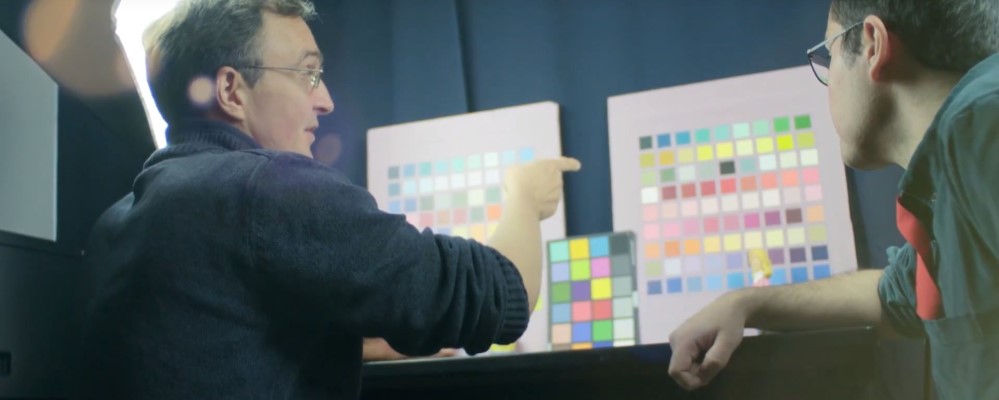
Every phone camera captures colour a little bit differently, which can be trouble if you're using one to get a diagnosis. With the rise of smartphones, most adults carry a camera with them wherever they go. Most consumers would be happy if these cameras captured everyday moments as snappy and bright images that could be shared over social media. Standards for colour accuracy might not even register as an important feature.
Michael Brown, professor of electrical engineering and computer science at York University, wants to extend the use of smartphone cameras as readily accessible diagnostic tools for remote medicine. But the images that they capture are already highly processed to make them consumer-friendly straight out of the box, no matter how many #nofilter hashtags get applied to them.
“Usually when we think about cameras, we think that we push a button and it records the scene, or the light, or the environment. But actually there’s a lot of things going on,” explains Brown.


